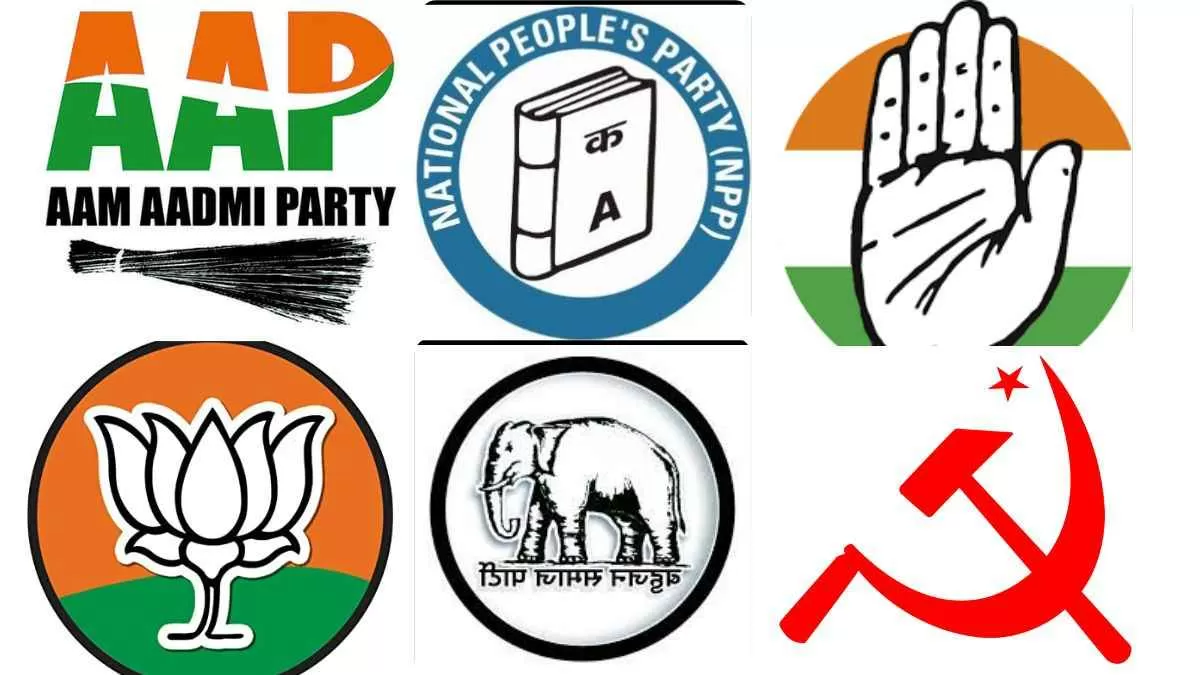As we investigate the wealth and influence of the richest political parties in India, we shall examine their complex financial terrain. During the 2019–20 fiscal year, the Bharatiya Janata Party (BJP) amassed an astounding Rs 4,847.78 crore in assets, establishing itself as the undisputed leader. This analysis examines the financial structures of prominent political parties, ranging from the Indian National Congress (INC) to the Bahujan Samaj Party (BSP), focusing on their disclosed assets and calculated manoeuvres. Please accompany us in exploring the economic corridors influencing the political discourse surrounding India’s democracy.
Here’s Information on the Richest Political Parties in India
Bharatiya Janata Party (BJP)
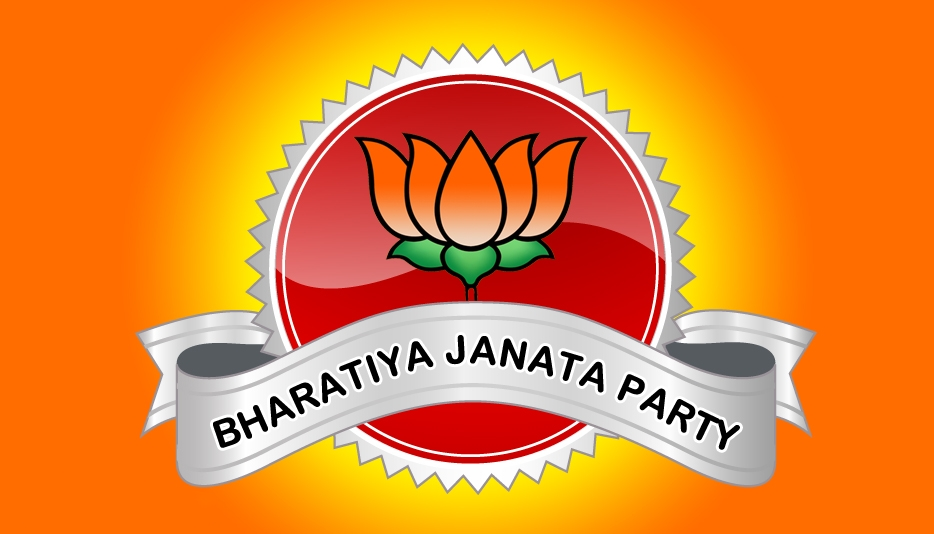
The BJP emerges as a formidable financial force, boasting Rs 4,847.78 crore in declared assets. The party has conducted extensive campaigns, mobilised resources, and executed strategic political manoeuvres due to the substantial war purse, which has been instrumental in establishing its national footprint. The BJP’s fiscal power, which it wielded as the ruling party at the time, exemplifies its capacity to convert substantial financial resources into political sway effectively.
Examining the composition of the BJP’s assets in greater detail than mere numerical figures is critical. Donations from individuals and businesses frequently account for a substantial proportion of the party’s wealth. Gaining knowledge regarding the origins of financial backing offers valuable insights into the party’s base of support and the potential sway that may govern its policy choices.
Bahujan Samaj Party (BSP)
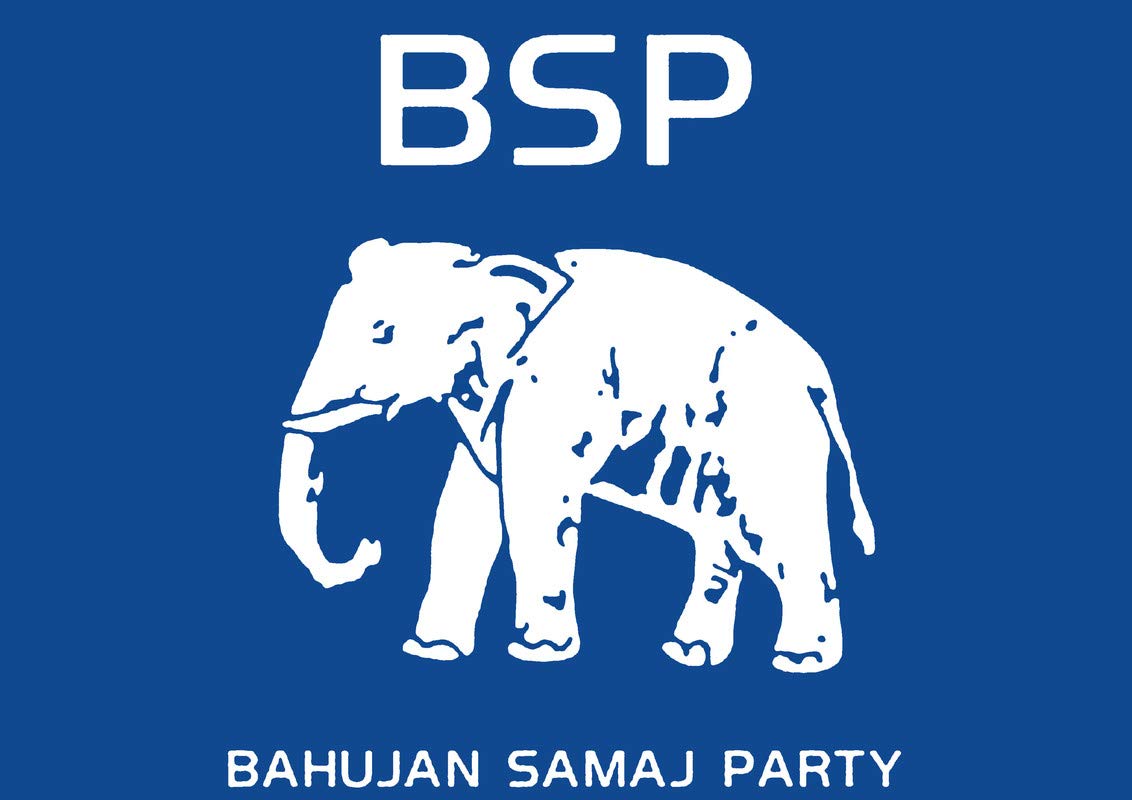
By disclosing assets worth Rs 698.33 lakhs, the Mayawati-led Bahujan Samaj Party rose to the second position. In addition to its substantial numerical value, the financial stability of the BSP serves as a testament to its dedication towards emancipating marginalised communities politically. The formidable BSP is positioned due to Mayawati’s leadership and the party’s considerable financial resources; it can utilise its wealth to further its political agenda.
According to a closer examination of its financial allocations, the BSP prioritises community development initiatives and social welfare programmes. Gaining insight into the party’s financial allocation can offer significant knowledge regarding its ideological inclinations and endeavours to promote inclusive governance.
Indian National Congress (INC)

The Indian National Congress, boasting a substantial political heritage, secured the third position with assets reported at Rs 588.16 crore. Although significant, the party’s financial position necessitates a more thorough analysis of its approach in light of the changing political landscape. To maintain and grow its influence, the INC will require the capacity to innovate and adjust to changing circumstances; therefore, its financial strength will be a pivotal component of its political trajectory.
Examining the INC’s financial statements reveals the organisation’s spending habits. By analysing the allocation of party funds to different endeavours, including social outreach initiatives, party infrastructure, and election campaigns, one can gain a comprehensive understanding of the operational priorities of the party.
Samajwadi Party

The Samajwadi Party, which claimed to have assets worth Rs 434.219 crore, was fourth among India’s most affluent political entities. In addition to its numerical prowess, this monetary robustness bolsters the party’s organisational capabilities, facilitating the precise implementation of its political agenda. The Samajwadi Party’s strategic financial management and robust organisational structure contribute to its status as an economic heavyweight.
Examining the political party’s financial records provides valuable insights into its approaches to fundraising. Gaining insight into the Samajwadi Party’s economic autonomy and possible susceptibilities requires an examination of its reliance on corporate sponsorships, grassroots donations, or government funding.
Telangana Rashtra Samithi (TRS)
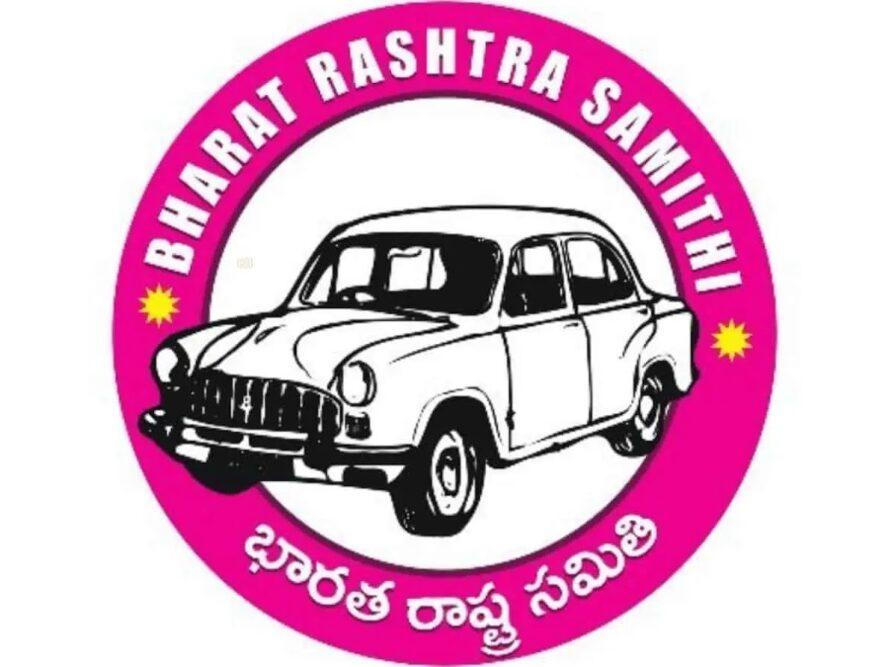
K Chandrashekar Rao’s Telangana Rashtra Samithi secured the fifth position in declared assets, amounting to Rs 256.01 crore. The financial stability of the TRS, being a regional party with a specific objective, highlights its capacity to manoeuvre through the complex political environment in Telangana. The party’s substantial financial resources enable it to participate effectively in politics at the state level and address regional issues with a specific economic emphasis.
Examining the TRS’s financial allocation towards regional development initiatives yields valuable insights regarding the party’s dedication to tackling matters specific to the region. It is imperative to comprehend regional parties’ financial priorities to assess how much they influence grassroots governance.
AIADMK (All India Anna Dravida Munnetra Kazhagam)

AIADMK of Tamil Nadu, which has disclosed assets amounting to Rs 246.90 crore and occupies the sixth position, demonstrates a solid financial framework. Membership dues, corporate contributions, and investments collectively provide a substantial portion of the organisation’s funding. AIADMK employs a strategic approach to resource allocation, prioritising technological advancements, community development initiatives, and grassroots campaigns.
In addition to disclosing expenditures on constituency-specific initiatives, digital outreach, and party training programmes, financial reports offer a comprehensive overview of the party’s financial strategy. This strategic financial planning demonstrates AIADMK’s dedication to sustained socio-economic development and political influence by establishing a resilient and well-balanced financial foundation.
DMK (Dravida Munnetra Kazhagam)

The seventh-ranked Dravida Munnetra Kazhagam (DMK) financial strategy, which has declared assets of Rs 162.425 crore, demonstrates the organisation’s dedication to inclusive governance and modernisation. Notable focuses include investments in technological advancements, social welfare programmes, and regional development.
In addition to fostering supporter confidence, the DMK’s comprehensive financial disclosures promote transparency. In addition to allocating funds for research and development, the party demonstrates a forward-thinking financial strategy through its prudence. Due to its moral and financial management, the DMK’s political entity is characterised by a sustainable trajectory towards progress and societal advancement.
Shiv Sena
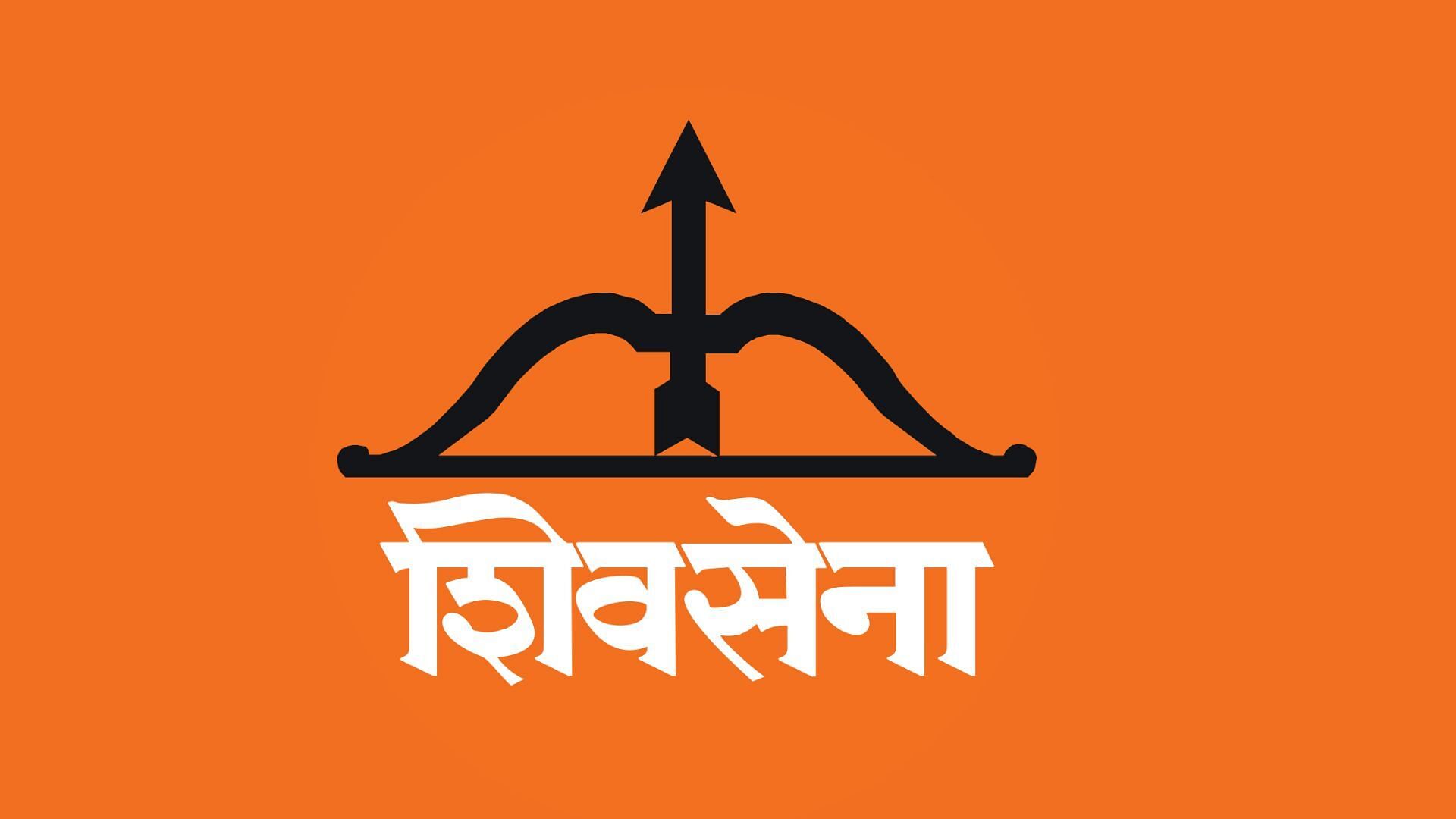
A comprehensive financial ecosystem is a feature of the eighth-ranked Uddhav Thackeray-led Shiv Sena, which has declared assets amounting to Rs 148.46 crore. Public support, corporate sponsorships, and party member contributions comprise a diverse funding foundation. The Shiv Sena manages its funds strategically for election campaigns, social initiatives, and organisational development.
The party’s investments in technology infrastructure, data analytics, and digital engagement demonstrate fiscal prudence and an adaptable stance towards contemporary political communication techniques. The Shiv Sena establishes itself as a dynamic political entity that astutely monitors emergent trends and efficiently employs resources through its nuanced financial strategy.
BJD (Biju Janata Dal)

Adopting the ninth position with assets amounting to Rs 118.425 crore, Naveen Patnaik’s Biju Janata Dal (BJD) places significant emphasis on focused investment strategies. The political party allocates funds strategically towards initiatives such as disaster relief, grassroots engagement, and regional development projects. BJD’s fiscal decisions are in perfect accordance with its fundamental principles of inclusive development and social welfare.
Comprehensive financial statements exhibit the distribution of funds for infrastructure, education, and healthcare initiatives, exemplifying BJD’s scrupulous methodology in attending to the varied requirements of its stakeholders. BJD is a political organisation that embodies a commitment to enhancing the quality of life for its constituents and a distinct vision for sustainable development, reflected in its prudent financial practices.
Aam Aadmi Party (AAP)
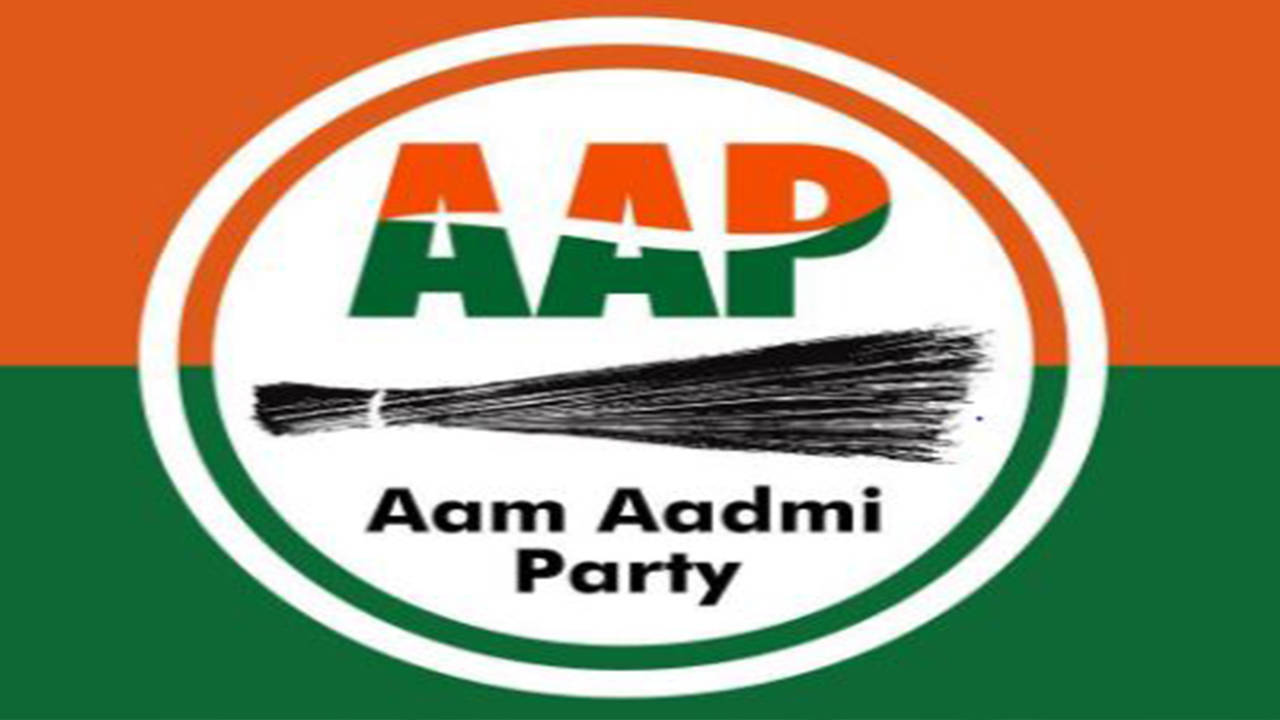
A prominent political party in India, the Aam Aadmi Party (AAP), has garnered attention due to its commitment to anti-corruption efforts, administration centred on citizens, and novel policy undertakings. Although precise financial figures may differ, AAP has amassed considerable backing via grassroots fundraising, predominantly through nominal contributions and memberships. AAP strategically distributes funds to support social welfare programmes, education, and healthcare initiatives in keeping with its reputation for transparent financial reporting. Consistent with the party’s dedication to inclusive governance and active citizen engagement is its economic philosophy. With its ongoing expansion beyond its traditional bastion in Delhi, the AAP’s financial strategies significantly influence a novel political discourse in India, particularly emphasising openness and active involvement of the citizenry.
Implications and Analysis
The political parties’ financial strength transcends mere campaign financing and possesses noteworthy ramifications for the democratic process in India. The possession of wealth enables political parties to finance election campaigns, organise rallies, and conduct extensive outreach programmes; thus, they can sway public opinion. It also furnishes the necessary resources for effective governance during its tenure in power. On the other hand, the consolidation of wealth in politics gives rise to apprehensions regarding accountability, transparency, and the possibility of corruption.
Furthermore, political parties’ financial health indicates their capacity to adjust to evolving political dynamics. Political parties with substantial financial means can allocate resources towards technological advancements, data analytics, and communication tactics, thereby maintaining a competitive edge in digital politics. Conversely, political parties with financial limitations may need help adapting to the ever-changing panorama, restricting their influence among voters.
I appreciate your clarification. Here’s the revised conclusion with the keyword India’s richest political parties used three times:
Conclusion
The compilation of a ranking of the richest political parties in India provides a comprehensive overview of the financial environment that influences the political dialogue within the nation. Although affluence undeniably confers a competitive advantage, it is imperative to critically examine how political parties employ these resources to advance societal welfare. The intricate interplay between political influence and financial prowess perpetually determines the course of the richest political parties in India.
With the continuous evolution of the political environment, parties’ approaches to utilising their financial resources for the betterment of the nation will likewise change. Comprehending the complexities of the economic fabric of Indian politics, it is imperative to examine the democratic process thoroughly. Beyond mere numerical data, an in-depth analysis of the expenditure patterns, sources, and allocation of resources reveals how these formidable political forces manoeuvre through the intricate nexus of finance and governance within the framework of India’s democratic development.

